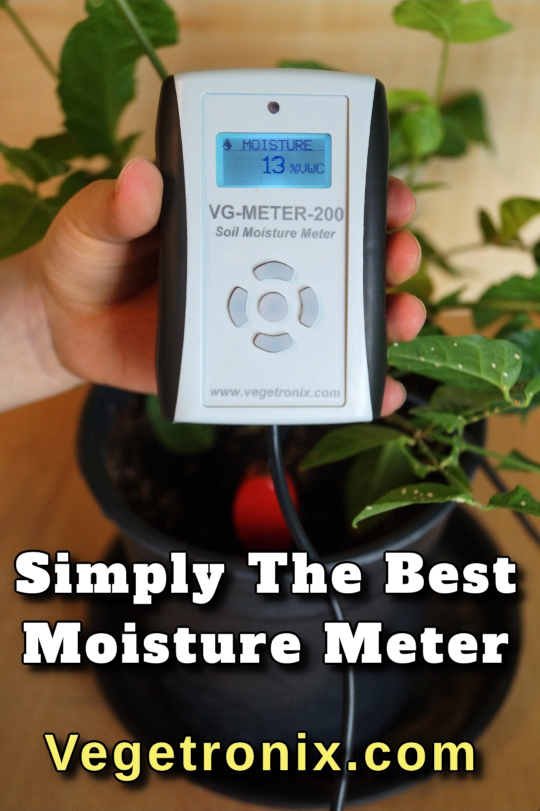Amending Clay Soil for Raspberries with Perlite and Compost
By Tim the Techno-Gardener
I’m amending the clay soil in this raspberry garden. When the soil is dry, it’s as hard as brick. In prior years, I planted raspberries and they’ve all died. I suspect it’s due to the clay soil not draining well, causing root rot. Clay soil also doesn’t retain moisture well.
Last year, I tried an experiment where I replaced half the clay with sand. The goal was to make the soil less compact and improve drainage. It seems to have worked, because the raspberry plants survived and are coming back this spring.
This year, I’m trying something different. I found large bags of relatively cheap perlite at my local farm store and decided to try it on the rest of the garden. Last year, I also applied an 8-inch layer of wood chips to kill weeds and grass. The wood chips have since decomposed.
This spring, I added store-bought compost and 12 cubic feet of perlite to aerate the soil, mixing it all in with a garden fork. I’m curious how this will affect the soil quality and will report back in a month or so.
After digging in the perlite and compost, the garden bed has risen about 6 inches. I expect it will settle over time. Right now, the soil is loose and fluffy. This was my first time using perlite, and next time I’d wear a dust mask—it irritated my throat. I’d also use less of it.
To protect my $150 investment in new raspberry plants, I installed a Vegetronix soil moisture sensor and VegeHub. If moisture levels drop too low, I’ll get a text alert. I use this system on all my new plantings, and it’s saved me a lot of money over the years.
Okay, it’s been several weeks. I’ve watered the garden multiple times, and it’s also rained twice. I want to show you the results.
The soil remains light and fluffy despite the watering. Here’s a graph of the soil moisture: it’s been holding steady at around 40%, so the roots are consistently getting water in this well-aerated soil.
Final Thoughts
Combining compost, perlite, and smart soil monitoring seems to be working for this clay-heavy garden. I’ll continue to track the results and share what I learn along the way.
